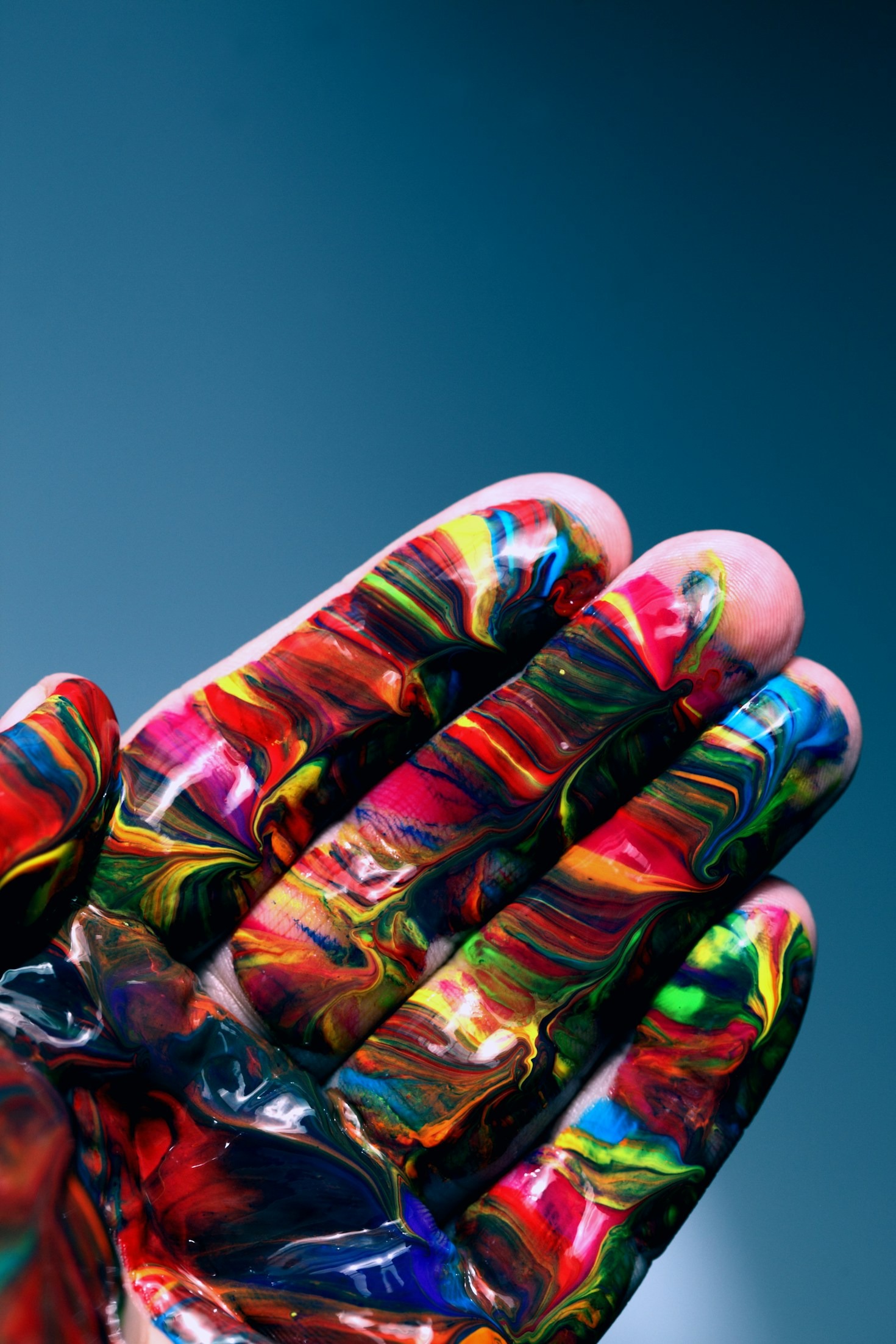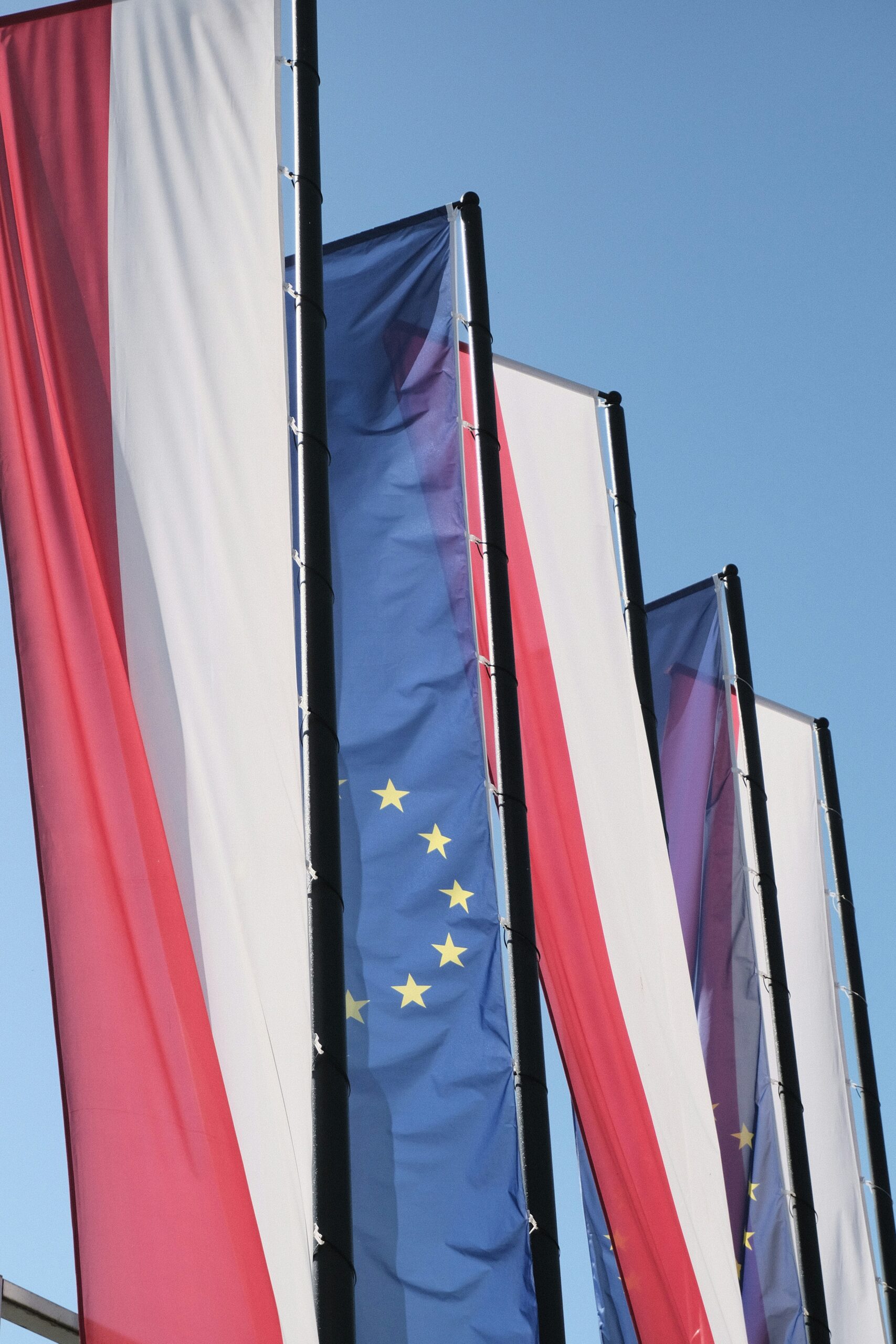In an increasingly globalized world, where borders seem to blur and digital communication transcends geography, there remains an enduring element that continues to define and connect us—tradition. From the quiet rituals passed down in families to grand cultural festivals that unite entire nations, traditions form the threads that weave humanity together. These customs, often rooted in centuries of history, provide a sense of identity, belonging, and continuity, reminding us who we are and where we come from.
The Role of Tradition in Preserving Identity
Traditions are much more than mere routines; they are the soul of a community. Whether it’s a Japanese tea ceremony, a Mexican Day of the Dead celebration, or an Indian wedding, every custom tells a story. These rituals preserve languages, art forms, philosophies, and ways of life that might otherwise fade with time.
In many indigenous cultures, for example, storytelling is not just entertainment—it is a vital educational tool. Elders pass down moral lessons, community history, and survival strategies through oral tradition. Similarly, traditional music and dance can serve as a medium to express both collective joy and sorrow, anchoring people in their cultural landscape.
Intergenerational Bonding Through Customs
Traditions are bridges across generations. When a grandmother teaches her grandchild how to bake a traditional holiday treat or when families gather to celebrate an ancestral festival, they are engaging in more than just an activity—they’re strengthening emotional and cultural bonds.
This intergenerational transfer ensures that even in rapidly changing societies, the wisdom and values of the past remain relevant. It also provides younger generations with a sense of belonging and pride in their heritage, which is particularly important in diasporic communities.
Celebrations as Cultural Anchors
Festivals and holidays offer some of the most vivid displays of tradition. Take for instance, the Chinese New Year, Diwali in India, or Thanksgiving in the United States. These events are rich in symbolism and collective memory. They not only offer moments of joy and community gathering but also function as markers of time and identity.
Even as these celebrations evolve—adapting to modern lifestyles or being embraced by people from different backgrounds—they retain core values. A modern Diwali might feature digital lights and contemporary sweets, but it still symbolizes the triumph of light over darkness, good over evil.
Cultural Diversity and Shared Humanity
What’s remarkable is that while traditions differ vastly from culture to culture, the emotions behind them—love, remembrance, gratitude, hope—are universal. Weddings, funerals, births, harvests—nearly every culture has rituals to honor these life milestones.
This shared emotional fabric allows for cross-cultural empathy. When we witness or participate in another culture’s tradition, we often find echoes of our own. This can lead to deeper understanding, respect, and a celebration of our common humanity.
The Challenge of Modernization
While tradition serves as a powerful anchor, it’s not without challenges. Rapid urbanization, globalization, and technological advancement often put pressure on traditional lifestyles. In some cases, younger generations may feel disconnected from customs they perceive as outdated or irrelevant.
Yet, tradition is not static. Many cultures have found innovative ways to keep customs alive while making them accessible to modern audiences. Social media campaigns, cultural preservation apps, and community-driven festivals are just a few examples. In Japan, for instance, there’s been a resurgence of interest in kimono fashion among youth, who blend traditional wear with contemporary styles.
Tradition and Diaspora: Keeping Roots Alive Abroad
For immigrant communities, maintaining tradition can be both a challenge and a source of strength. Celebrating national holidays, cooking traditional foods, or speaking native languages in foreign lands becomes a way to preserve identity and resist assimilation.
Diasporic traditions often evolve uniquely, blending elements of the host country’s culture. This hybridization enriches both cultures and showcases the adaptability of tradition. For instance, Filipino-Americans celebrating fiestas in California may incorporate local music or food, but the essence of the celebration remains deeply Filipino.
Education and the Role of Cultural Literacy
Schools and educational institutions play a crucial role in preserving and transmitting traditions. Multicultural education helps students appreciate not only their own heritage but also that of others. This fosters inclusivity and reduces cultural bias.
Many programs now include traditional storytelling, crafts, or cultural days to expose children to diverse traditions. Such exposure at a young age helps nurture respect and curiosity rather than fear or misunderstanding of difference.
Why Traditions Matter More Than Ever
In a world that often prioritizes speed, innovation, and efficiency, tradition offers a moment to pause and reflect. It reminds us of the values that have stood the test of time—community, gratitude, resilience, and love. In moments of uncertainty or crisis, people often turn to tradition for comfort and guidance.
When the COVID-19 pandemic disrupted life globally, many turned to familiar rituals—virtual family dinners during holidays, online religious services, or neighborhood celebrations from balconies. These acts, though adapted, highlighted how essential tradition is to our emotional well-being and sense of connection.
Embracing and Respecting All Traditions
As we move forward, it’s essential not only to preserve our own traditions but also to approach others with openness and respect. Cultural appropriation, stereotyping, or dismissiveness can harm communities that already struggle to keep their traditions alive.
True celebration of culture comes from a place of genuine interest, participation with consent, and respect for the meanings behind the rituals. Learning a traditional dance, attending a cultural festival, or simply listening to someone’s story with curiosity can be powerful acts of solidarity.
Conclusion: The Living Fabric of Culture
Traditions are not relics of the past; they are living, breathing elements of our present and future. They evolve, adapt, and grow with us. In celebrating and respecting them, we celebrate the mosaic of humanity itself—each piece unique, but part of a greater whole.
Let us continue to cherish, share, and learn from these threads of tradition, weaving a world that honors both our diversity and our unity.

